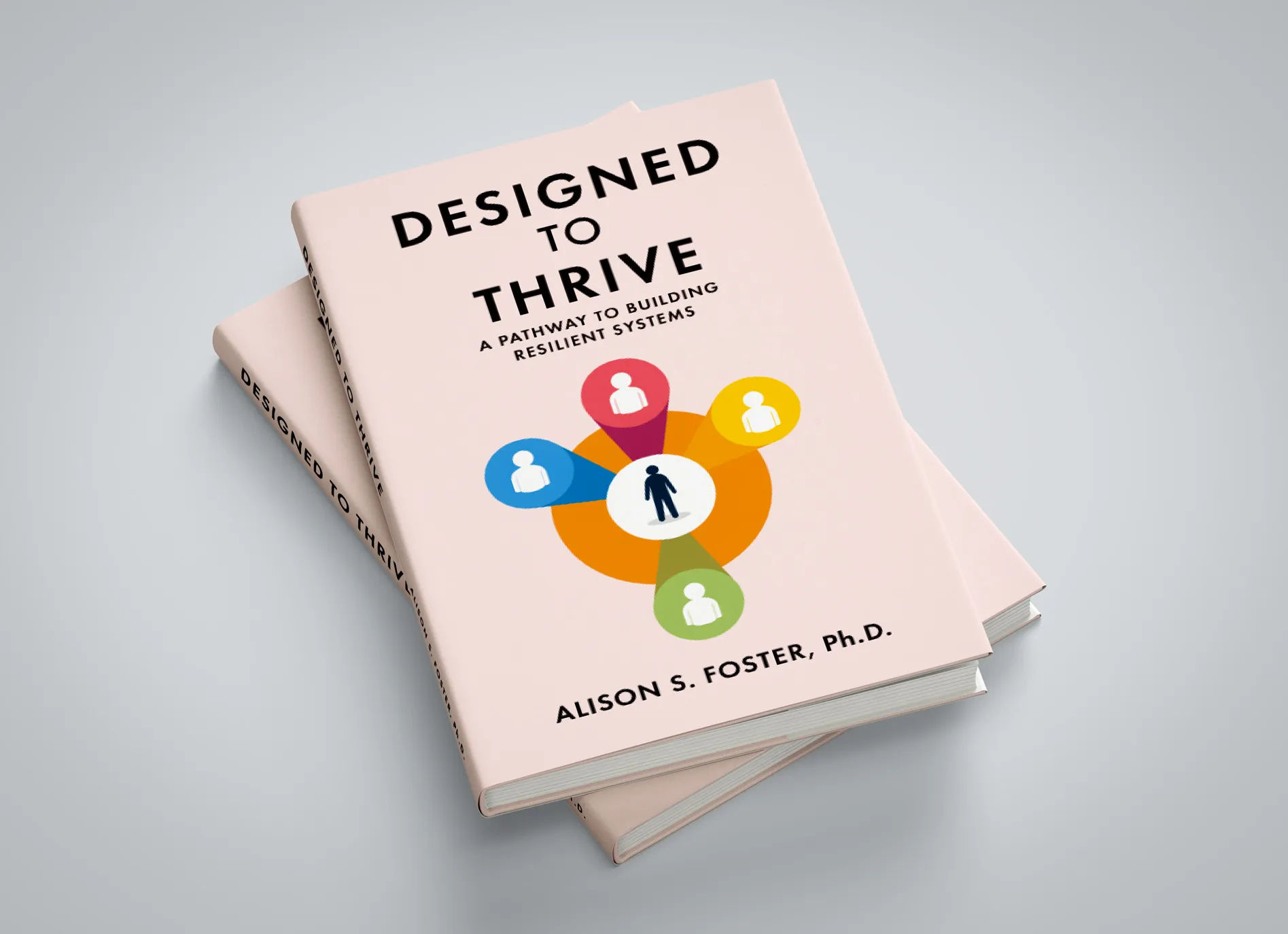Designed to Thrive: A Pathway to Building Resilient Systems
Why do our institutions, organisations, and communities keep breaking down under pressure? What would it take to design systems that don’t just survive disruption but learn, grow, and thrive?
Blending science and strategy, governance, and management with human-centred design, Designed to Thrive is a framework grounded in systems thinking, infused with practical tools, and centred on people.
It’s time to stop reacting and start reshaping our design thinking process for resilience.





